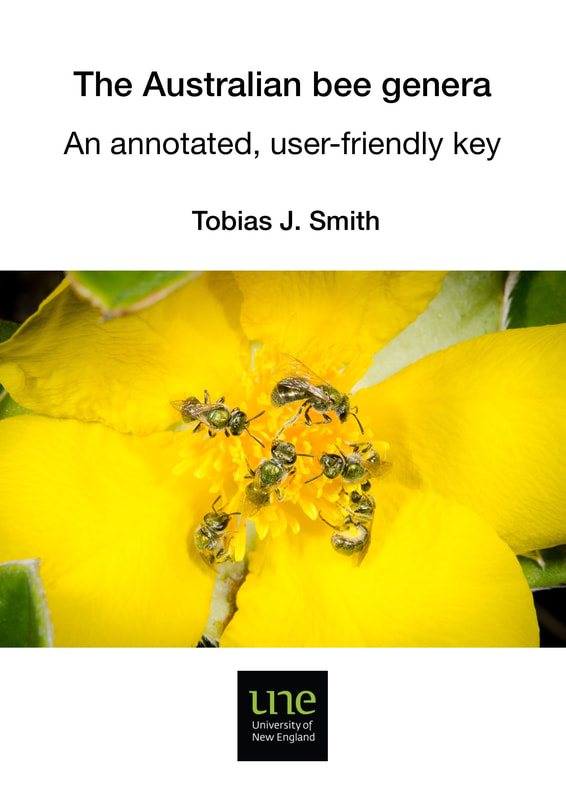|
People without entomological expertise are increasingly working on projects that involve Australian bees. This includes citizen scientists, ecologists, agricultural scientists and urban biodiversity researchers, among others. Key hurdles for non-entomologists new to bee research include limited insect taxonomy training or experience, the difficulty in learning traditional taxonomic keys, and limited access to taxonomists and reference collections. Australia has over 1600 native bee species, from five families and 63 genera. Family- and genus-level keys exist for Australian bees, but these traditional keys tend to be difficult and time consuming for non-specialists to learn without guidance. An increasingly common approach to bee identifications among non-entomologists are instead quick, potentially superficial identifications of bee specimens using matching with online pictorial resources. However, this approach is sometimes over-relied on for identifications by those new to bees. Matching alone can lead to errors, and does little to help increase the taxonomic skill set of the next generation of bee researchers. Here I provide a new, free, user-friendly key to all of the Australian bee families and genera, in which all couplets are supported by photos and diagrams to support the descriptions. The Australian bee genera: An annotated, user friendly key is designed to be as practical and easy as possible, while maintaining the integrity of this complex task. Making bee keys more user friendly, without losing taxonomic integrity, is vital to encouraging their more widespread use, and character-based learning of groups by new bee researchers. If new bee researchers begin their journey confidently, learning using simple but effective keys, then they may be more likely to build their own identification foundations, rather than continually rely on outsourcing for their taxonomy needs.
Tobias Smith, 2018 Download free PDF (53Mb):
| |||||||
Proudly powered by Weebly

